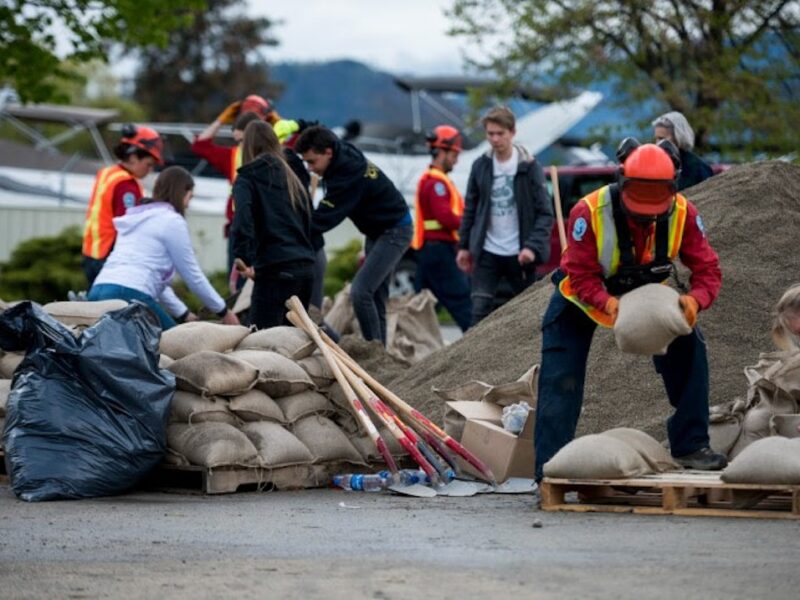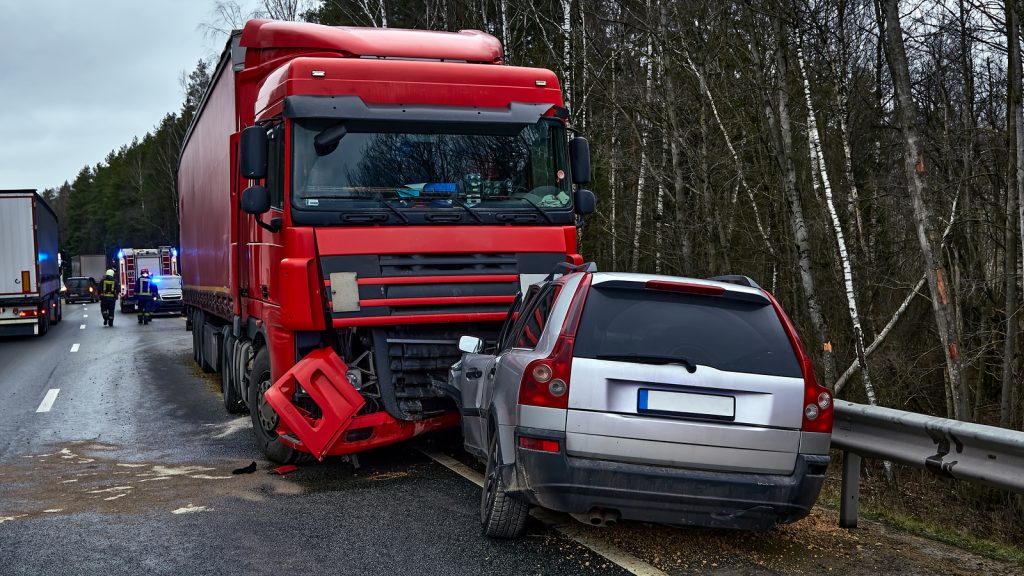Emergency Response Protocols: Minimizing the Impact of Natural Disasters
Introduction:
Natural disasters pose significant threats to communities worldwide, as they can strike suddenly and with devastating force. Whether it’s the relentless fury of a hurricane, the relentless shaking of an earthquake, the relentless rise of floodwaters, or the relentless spread of wildfires, the destructive power of these events can leave a trail of destruction in their wake. The consequences can be dire, resulting in loss of life, displacement of families, destruction of homes and businesses, and disruption of essential services such as power, water, and communication.
In the face of such formidable challenges, emergency response protocols emerge as crucial instruments for safeguarding lives, property, and infrastructure. These protocols serve as comprehensive blueprints meticulously crafted by governments, organizations, and communities to prepare for and respond to natural disasters effectively. They are not merely theoretical documents but living, breathing frameworks that guide actions and decisions before, during, and after a disaster strikes.
At their core, emergency response protocols embody the principle of preparedness—a proactive stance aimed at minimizing the adverse effects of disasters through strategic planning and coordination. This preparation encompasses a multitude of activities, including risk assessment, resource allocation, training, and public education. By anticipating potential hazards, vulnerabilities, and scenarios, emergency responders can devise strategies tailored to the specific needs and challenges of their communities.
One of the primary objectives of emergency response protocols is to ensure a swift and coordinated response to disasters, thereby maximizing the effectiveness of rescue and relief efforts. Time is of the essence in emergencies, and every second counts in saving lives and preventing further harm. Through clear delineation of roles, responsibilities, and communication channels, these protocols enable emergency responders to act decisively and efficiently in the face of adversity.
Moreover, emergency response protocols prioritize the protection of vulnerable populations who are disproportionately affected by disasters. This includes children, the elderly, individuals with disabilities, and those living in poverty or marginalized communities. By identifying and addressing the specific needs and challenges faced by these groups, emergency responders can ensure that no one is left behind in times of crisis.
Another critical aspect of emergency response protocols is the preservation of critical infrastructure and essential services. Disruptions to power, water, transportation, and communication systems can exacerbate the impact of disasters and impede response and recovery efforts. Thus, these protocols include measures to safeguard infrastructure assets, restore services, and expedite recovery operations to minimize disruptions and facilitate the return to normalcy.
In addition to their immediate response functions, emergency response protocols also play a crucial role in facilitating long-term recovery and resilience-building efforts. By laying the groundwork for coordinated recovery initiatives, these protocols help communities rebound from disasters stronger and more resilient than before. This may involve measures such as rebuilding infrastructure, providing financial assistance to affected individuals and businesses, and implementing policies to reduce future risks.
In essence, emergency response protocols are the bedrock upon which effective disaster management rests. They embody the collective wisdom, experience, and foresight of communities striving to protect themselves from the ravages of nature. By embracing the principles of preparedness, coordination, and inclusivity, these protocols empower communities to confront the challenges of natural disasters with resilience, resolve, and unity.
Understanding the Importance of Emergency Response Protocols:
In addition to saving lives and protecting critical infrastructure, emergency response protocols also aim to mitigate the economic impact of natural disasters. The aftermath of a disaster often results in significant financial losses for individuals, businesses, and governments. By implementing effective response strategies, emergency protocols help minimize these losses and expedite the recovery process.
One way emergency response protocols address economic impact is by prioritizing the restoration of essential services and infrastructure. Rapid restoration of utilities such as electricity, water, and telecommunications is essential for facilitating recovery efforts and enabling businesses to resume operations. By minimizing downtime and reducing disruptions to business activities, communities can mitigate the economic losses incurred during a disaster.
READ ALSO: Understanding Car Accident Laws: Legal Rights and Responsibilities
Furthermore, emergency response protocols include provisions for providing financial assistance and support to individuals and businesses affected by natural disasters. Government agencies and relief organizations offer various forms of aid, including grants, loans, and temporary housing assistance, to help affected individuals and businesses recover from the financial setbacks caused by a disaster. By providing timely and targeted financial assistance, emergency response protocols help alleviate the economic burden on those impacted by the disaster and facilitate their recovery process.
Another critical aspect of mitigating the economic impact of natural disasters is ensuring the continuity of essential services, such as healthcare, education, and transportation. Emergency response protocols include measures to maintain the operation of essential facilities and services, even in the midst of a crisis. This ensures that individuals have access to vital services and resources during and after a disaster, helping to stabilize communities and support economic recovery efforts.
Additionally, emergency response protocols prioritize the implementation of measures to protect businesses and industries that are particularly vulnerable to natural disasters. For example, zoning regulations and building codes may be enforced to minimize the risk of damage to commercial properties and industrial facilities. Business continuity planning and disaster recovery strategies are also essential components of emergency response protocols, helping businesses mitigate the impact of disasters on their operations and finances.
Overall, emergency response protocols play a crucial role in mitigating the economic impact of natural disasters by prioritizing the restoration of essential services, providing financial assistance to affected individuals and businesses, and implementing measures to protect vulnerable industries. By addressing both the immediate and long-term economic consequences of disasters, these protocols help communities recover more quickly and build resilience to future events.
Key Strategies for Minimizing the Impact of Natural Disasters:
Effective emergency response protocols rely on a combination of proactive planning, robust infrastructure, and community engagement to minimize the impact of natural disasters. Some key strategies for achieving this goal include:
- Risk Assessment and Preparedness:
Understanding the specific hazards and vulnerabilities faced by a community is essential for developing effective emergency response protocols. Conducting comprehensive risk assessments, including hazard mapping, vulnerability assessments, and scenario planning, provides valuable insights into potential risks and informs preparedness efforts. By identifying high-risk areas, critical infrastructure, and vulnerable populations, emergency responders can tailor response plans to address specific needs and priorities.
- Early Warning Systems and Communication:
Timely and accurate communication is vital for alerting communities to impending threats and facilitating timely evacuations. Early warning systems, such as sirens, text alerts, and mobile applications, provide critical information to residents, enabling them to take protective actions and seek shelter as necessary. Clear communication channels between emergency responders, government agencies, and the public help disseminate information, coordinate response efforts, and address evolving challenges during a disaster.
- Coordination and Collaboration:
Effective emergency response requires collaboration and coordination among various stakeholders, including government agencies, non-governmental organizations (NGOs), private sector partners, and community organizations. Multi-agency coordination centers, emergency operation centers, and mutual aid agreements facilitate seamless collaboration, resource sharing, and decision-making during crisis situations. By fostering partnerships and leveraging collective expertise and resources, communities can enhance their capacity to respond effectively to natural disasters.
- Community Engagement and Education:
Empowering communities to take an active role in disaster preparedness and response is essential for building resilience and reducing vulnerability. Community engagement initiatives, such as outreach programs, training workshops, and neighborhood preparedness groups, encourage residents to become actively involved in disaster planning, response, and recovery efforts. By raising awareness, building skills, and fostering a sense of community solidarity, these initiatives strengthen the overall resilience of communities and enhance their ability to withstand and recover from natural disasters.
Conclusion:
Emergency response protocols play a crucial role in minimizing the impact of natural disasters by facilitating timely, coordinated, and effective responses to crisis situations. By prioritizing risk assessment, preparedness, communication, coordination, and community engagement, communities can enhance their resilience and mitigate the devastating effects of natural disasters. Investing in robust emergency response protocols and building partnerships across sectors is essential for building safer, more resilient communities capable of weathering the challenges posed by natural disasters.






